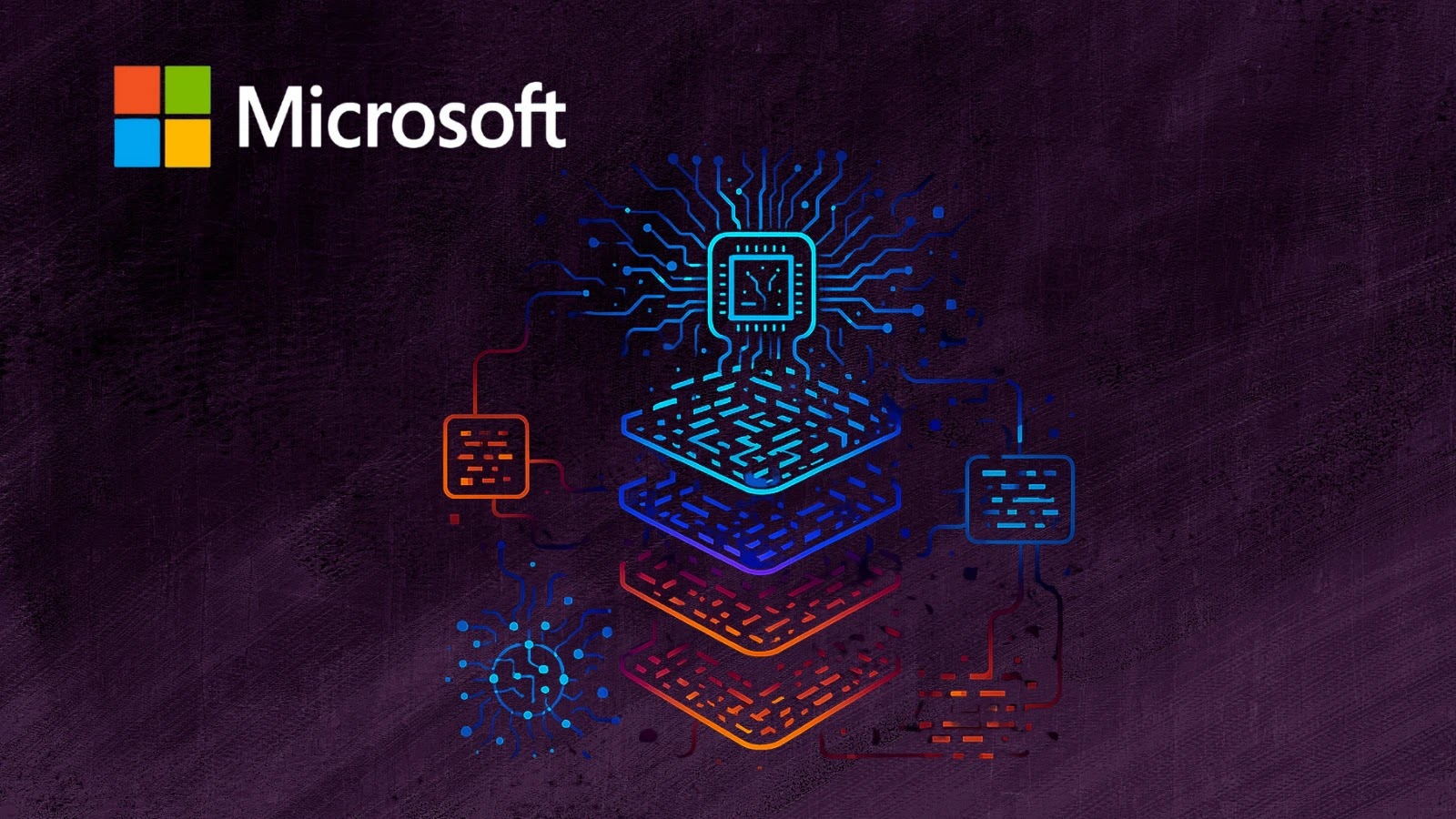
Microsoft’s New AI Agent Project to Detect Malware with Reverse Engineering Tools
Unmasking the Invisible: How Microsoft’s Project Ire Revolutionizes Malware Analysis
In the relentless cat-and-mouse game against cybercriminals, the ability to quickly and accurately identify malicious software is paramount. Traditional malware analysis, often a meticulous and time-consuming process performed by highly skilled reverse engineers, struggles to keep pace with the sheer volume and sophistication of new threats. This challenge highlights a critical need for automation and scalability in our defensive capabilities. The stakes are immense: undetected malware can lead to catastrophic data breaches, financial losses, and significant reputational damage for organizations worldwide.
Enter Microsoft’s groundbreaking Project Ire, an autonomous AI agent poised to redefine the landscape of malware detection. This innovative system leverages the power of artificial intelligence to perform reverse engineering and malware classification at an unprecedented scale, offering a glimpse into the future of automated cybersecurity. As cybersecurity professionals, understanding the implications and capabilities of such advancements is no longer optional; it is fundamental to building resilient defenses against evolving threats.
Project Ire: An Autonomous AI for Advanced Malware Analysis
Microsoft has officially unveiled Project Ire, a revolutionary AI agent designed to autonomously reverse engineer and classify malware. This represents a significant leap forward in our collective ability to combat the ever-growing torrent of malicious code. Unlike previous attempts at automating aspects of malware analysis, Project Ire introduces an entirely new paradigm: an AI capable of understanding and dissecting binaries in a manner previously reserved for human experts.
The core innovation of Project Ire lies in its ability to independently perform symbolic execution and program analysis, generating insights into malware behavior without human intervention. This automation extends beyond mere signature-based detection, delving into the very logic and intent of the malicious software. The AI’s capacity to author reverse engineering tools for specific analysis tasks further underscores its autonomy and adaptability within the complex world of binary analysis. This capability effectively amplifies the efforts of human analysts, allowing them to focus on more complex, novel threats rather than routine dissections.
Unprecedented Precision and Scale: Benchmarking Project Ire
The performance metrics achieved by Project Ire during its initial testing phases are nothing short of remarkable. Evaluated against a challenging dataset of Windows drivers, the system demonstrated an exceptional precision rate of 0.98. This indicates a very low rate of false positives, meaning Project Ire is highly accurate in identifying genuine malware, minimizing the costly and time-consuming distractions of benign file examination. Equally impressive is its recall rate of 0.83, signifying its strong ability to identify a high percentage of actual threats within the dataset.
These figures are not just statistics; they represent a tangible improvement in the efficacy of malware detection. For context, typical automated analysis often struggles to achieve such a high balance of precision and recall without human refinement. The ability to perform this analysis at scale, processing vast quantities of suspicious files that would overwhelm human teams, is where Project Ire truly shines. This capacity for high-throughput, high-accuracy analysis marks a pivotal advancement in cybersecurity automation, offering a strategic advantage against threat actors who deploy new variants at an alarming rate.
The Impact on Cybersecurity Defenses and Future Implications
The introduction of Project Ire is poised to have a profound impact on several critical aspects of cybersecurity:
- Enhanced Threat Intelligence: Automated, large-scale reverse engineering will lead to a richer, more comprehensive understanding of malware families, attack vectors, and attacker methodologies. This improved intelligence can be fed back into defensive systems, pro-actively strengthening network perimeters.
- Rapid Incident Response: The swift and accurate classification of malware means security teams can respond to incidents with greater speed and precision, reducing the dwell time of threats within compromised systems.
- Resource Optimization: By automating the demanding task of malware analysis, Project Ire frees up highly specialized human reverse engineers. These experts can then dedicate their invaluable skills to researching emerging threats, developing countermeasures, and hunting for sophisticated, unknown vulnerabilities (e.g., those exploited by zero-day attacks like CVE-2023-23397, a critical Outlook vulnerability).
- Scalability of Protection: As the volume of malware continues to surge, traditional manual analysis methods become increasingly unsustainable. Project Ire provides a scalable solution, offering a robust defense that can keep pace with the evolving threat landscape.
- Proactive Vulnerability Discovery: While primarily focused on malware, the underlying reverse engineering capabilities could potentially be adapted to discover vulnerabilities in legitimate software or even in complex industrial control systems, enhancing overall system security.
Remediation Actions and Strategic Integration
While Project Ire is a developing technology, its announcement underscores the ongoing shift towards AI-powered security. Organizations should begin preparing for this future:
- Invest in AI/ML Literacy: Security teams need to understand the principles behind AI and machine learning to effectively utilize and interpret the outputs of such systems.
- Embrace Automation: Identify areas within your current Security Operations Center (SOC) where automation can be introduced to streamline tasks and free up analyst time.
- Strengthen Endpoint Detection and Response (EDR): Advanced malware analysis tools like Project Ire will enhance EDR capabilities, providing more robust threat detection and response. Ensure your EDR solutions are up-to-date and fully integrated.
- Prioritize Threat Intelligence Sharing: The insights gained from large-scale AI analysis are most powerful when shared. Participate in industry threat intelligence exchanges.
- Maintain Foundational Security Practices: Even with advanced AI, fundamental cybersecurity hygiene remains critical. This includes regular patching (e.g., addressing vulnerabilities like CVE-2023-38831 in WinRAR), robust access controls, strong authentication, and employee security awareness training.
Key Takeaways: A New Era of Automated Defense
Microsoft’s Project Ire represents a monumental stride in the fight against cybercrime. By harnessing the power of autonomous AI to perform complex reverse engineering and malware classification, we are entering a new era of automated defense. This innovation promises to deliver unprecedented scale, precision, and efficiency in our efforts to unmask and neutralize malicious software.
For cybersecurity professionals, this development signals a future where AI augments human expertise, allowing us to build more intelligent, resilient, and proactive security systems. Project Ire is not just a tool; it’s a paradigm shift, empowering us to stay several steps ahead of the adversaries in an increasingly sophisticated digital battlefield. The journey towards fully autonomous security is well underway, and Project Ire is a powerful testament to what’s possible.





